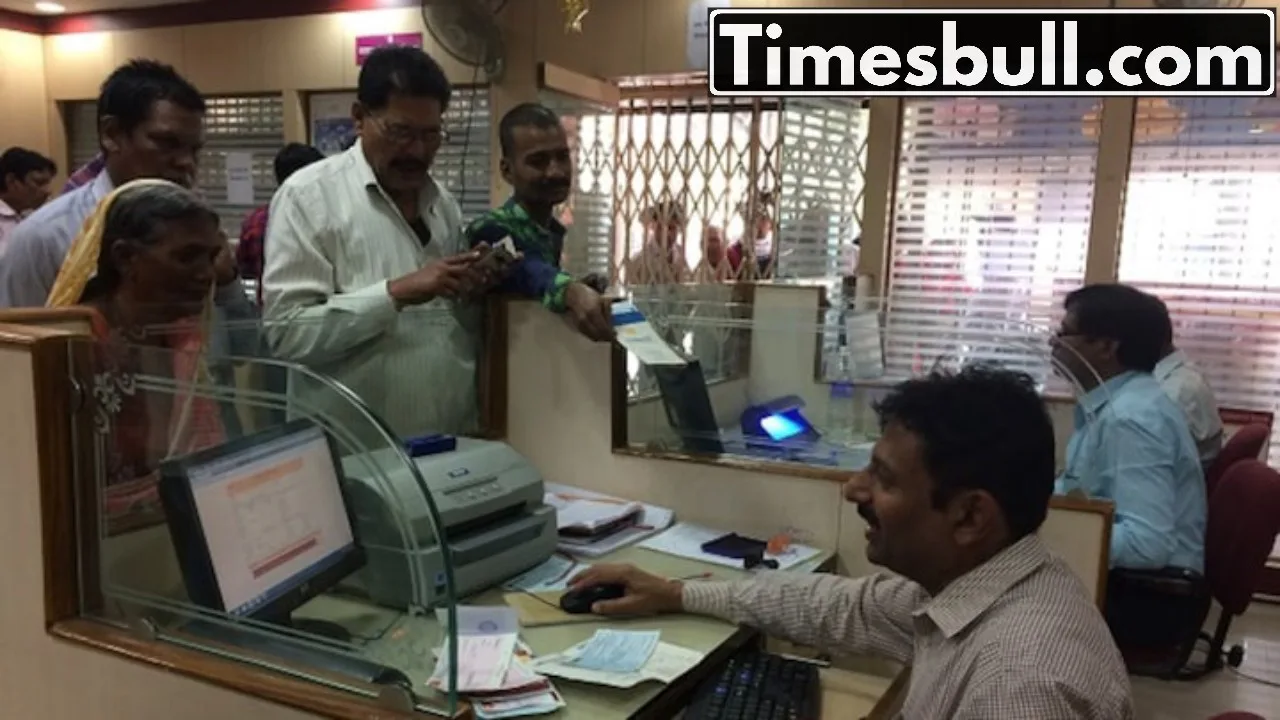Big news for bank account holders. Banks are always updating their policies, and this month is no exception. There are some significant changes you should be aware of. Not staying informed about these updates could lead to financial setbacks. From ATM withdrawal limits to minimum balance requirements, new rules are now in effect.
New minimum balance requirements
Several banks have adjusted their minimum balance rules. For instance, SBI account holders now need to maintain a minimum of Rs 5000, up from Rs 3000. Punjab National Bank has raised its minimum balance from Rs 1000 to Rs 3500, while Canara Bank has increased it from Rs 1000 to Rs 2500. If your balance falls below these new limits, you’ll face penalties.
New ATM withdrawal limits
Starting this month, there are also changes to ATM withdrawal rules. In metro areas, you can now make three free withdrawals per month. After that, each transaction will cost you Rs 25, up from the previous Rs 20. If you use an ATM from a different bank, there’s a Rs 30 fee. In non-metro areas, you can withdraw for free five times.
Deposit fees updated
Kotak Mahindra Bank has made some changes to its 811 savings account. If you deposit more than Rs 10,000 in cash each month, there will be a fee of Rs 5 for every Rs 1,000. The ATM decline fee will now only apply at non-Kotak ATMs, costing Rs 25. Additionally, the fee for failed standing instructions has been cut from Rs 200 to Rs 100.
IDFC First Credit Card
Starting February 20, there are going to be some updates to the IDFC First Credit Card. The statement dates will shift, and there will be new fees for education payments made through services like CRED and PayTM. Additionally, if you need a card replacement, it’ll now cost you Rs 199 plus any applicable taxes.
Keep an eye on interest rates
The Reserve Bank has finally cut the repo rate after five long years. This means banks might start offering cheaper loans. We could also see some changes in the interest rates for fixed deposits. The repo rate is what the RBI charges banks for borrowing money. When this rate goes down, banks can get funds at a lower cost, but it might also mean lower returns on deposits since banks won’t need to offer high rates to draw in money.
